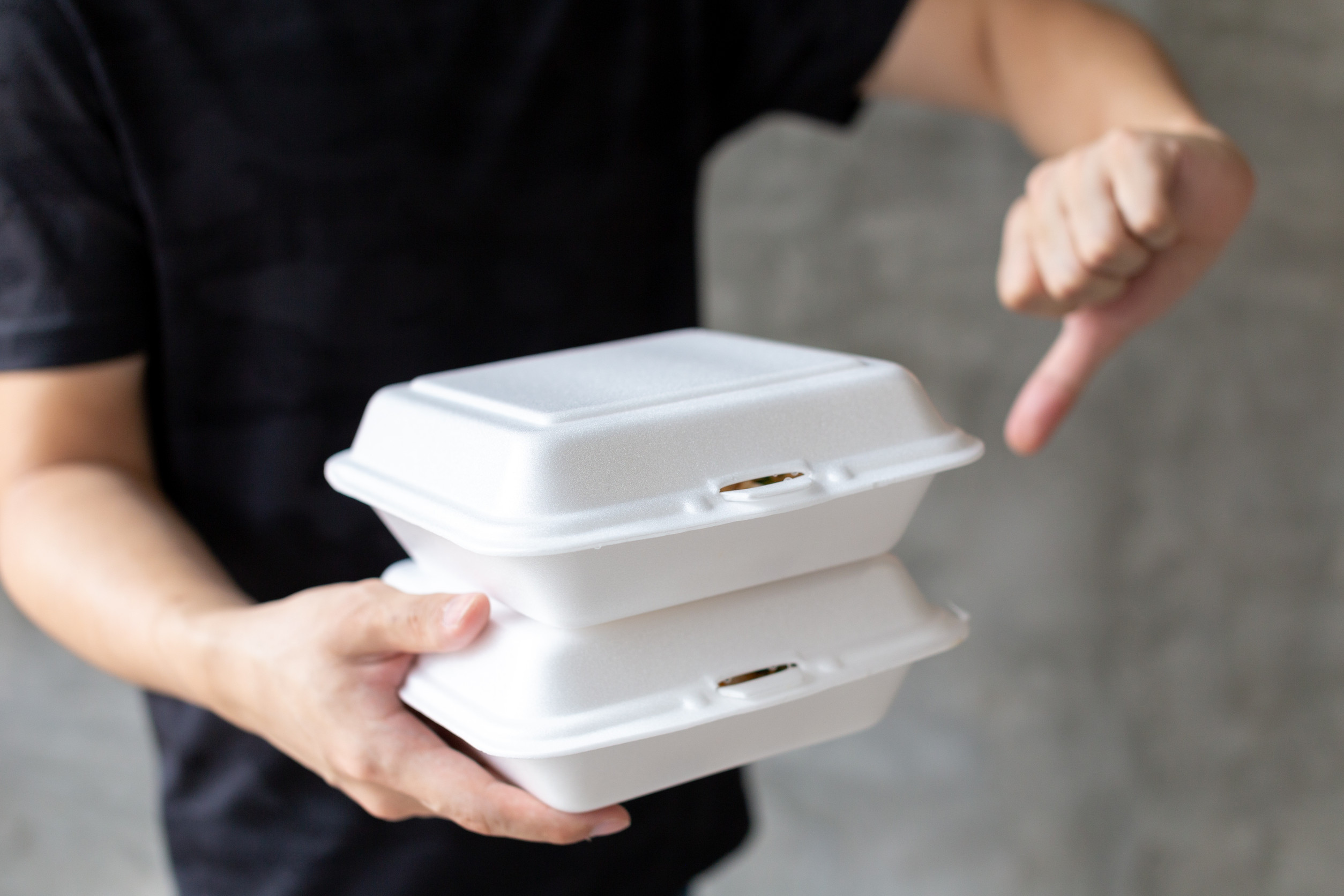Time has been good to Maria Tomas. At 62, the dark-skinned Cuban’s large brown eyes still glitter and her smooth skin makes her look a decade younger. But not long ago, Tomas developed a persistent mouth infection that made her mucus membranes constantly itch and burn. She visited five doctors in the Netherlands and Spain, but none could pinpoint the cause or prescribe medicine that worked. Not until she returned to her native country for a visit did she find a doctor who could help her—using herbs from the Cuban countryside that she could buy in the pharmacy around the corner from her Havana apartment, no less.
The streets of Havana are muddy and full of potholes. The colonial buildings between Flores and Serrano are dirty and rundown. Rusty balconies threaten to detach from the once-stately facades, and flecks of faded pink and yellow paint peel off the walls. Tomas has lived in Holland and Spain for years, but this is her home. She’s crazy about cheese, Queen’s Day and Dutch civil freedoms, but when her health takes a downturn, she waits—if she can—to see her doctor in Cuba. She has greater faith in the medical care there.
Tomas’s faith is not without reason. The average lifespan in Cuba is 77 years, essentially the same as that in developed countries, according to the World Health Organization (WHO).Granma, the official government newspaper, regularly reports that doctors in Cuba are superior to those in the U.S. and Europe. Venezuelan president Hugo Chávez travels to the republic of rum and salsa for his cancer treatment; soccer player Diego Maradona went to Cuba to kick his drug habit.
Yet mainstream medical care in Cuba is a source of concern. Hospitals and doctors lack nearly everything, from equipment to simple medicines such as antibiotics. A visit to a Cuban hospital reveals hygienic circumstances that are, to put it mildly, a challenge. There are bloodstains on the walls and the bedsheets are dirty and worn.
Cuba’s “challenge” has spurred growth in alternative medical systems such as homeopathy, acupuncture and phytotherapy (herbalism). Cubans are as familiar with arnica, belladonna and nux vomica as the average European. Traditional herbal medicine is even more popular in Cuba than in the West, a result of the population’s largely African roots. And Cuba has recently developed new alternative medicines, such as a homeopathic vaccine for Weil’s disease and Vidatox, an herbal remedy for cancer made from the venom of an endemic scorpion.
The financial crisis has been raging in Cuba since 1989, when the Cold War ended and the former Soviet Union withdrew its support for the communist island. Since then, Cubans have lived under grim circumstances. But poverty and economic isolation have spurred them to find ways around the lack of modern medicines and chemical pesticides. The result is a resurgence of alternative therapies and organic agriculture. Now that Cuba is cautiously opening its doors, the West may be able to learn from its example.
Since the communist revolution in 1958, Cuba has been largely cut off from the outside world. Dodges and Chevys from the 1950s still roll down Havana’s streets. The cars’ paint is cracked and dull, and some sport handmade wooden replacement parts. “Recycling” is a euphemism for the inventive reuse of materials here. The streets of Havana have been spared the flashing garishness of neon advertisements. Only bleached renditions of “Hasta la victoria siempre!”—Che Guevara’s final words to Fidel Castro—grace the faded Cuban walls.
The communist economy and the U.S. embargo have primarily impoverished the Cuban people. But there is a way in which Cuba has benefited: The island has largely escaped the destruction that has accompanied progress in other parts of the world. Much of Cuba’s natural wealth has been preserved. The country’s tropical rainforest is largely intact and countless rare plants grow there.
That makes the interest in natural remedies logical. When Russia withdrew its support in 1989, Cuba had to develop alternatives to expensive medicines. As drugs created in the pharmaceutical lab became scarcer, Cubans turned en masse to Mother Nature’s herbal pharmacy. In 1994, President Castro granted official status to traditional and alternative therapies by enacting Resolution 261.
Miguel Aguilera Zayas is an agricultural engineer active in tropical agriculture and horticulture. He attended both the University of Havana and Wageningen University in the Netherlands. “The Cuban people are originally from Africa and—a lesser-known fact—in part from China, where herbal medicine is a traditional and important part of the culture,” Aguilera explains. “Herbal knowledge is passed down from parent to child and from neighbor to neighbor. When drugs became hard to find, the Cuban people resorted anew to herbal medicine. Poverty made them creative.”
Every market in today’s Cuba has ayerberoselling herbs, and he earns more than the average doctor. A long list of native and exotic plants are in use. Takeyagrumo, the trumpet tree (Cecropia peltata): The leaves are used in a tea for asthma, and the liquid latex is used to treat herpes and STDs.
Every three to four years, an eye infection epidemic sweeps through Cuba. The culprit is a bacterium that spreads rapidly during the wet season, much like the flu in winter. In the absence of antibiotics, Cubans rinse their eyes with a decoction of Madagascar periwinkle (Catharanthus roseus), which works at least as well and doesn’t engender resistant strains.
Peppermint tea is as common in Cuba for an upset stomach as antacids are here.Guizazo de caballo(Xanthium strumarium) is known for its diuretic properties and is used to treat renal complaints and kidney stones. The plant has already made its way into shops, where it is available in capsule form.Hoja santa,orCaisimon de anis(Piper auritum), inhibits infections and fever. The leaf of the mango tree is rich in iodine and is used to treat gum disorders and other complaints.
The list is long, and scores of native plants haven’t been fully studied yet. In Vìñales National Park near Pinar del Río, scientists are working hard to catalog and analyze several medicinal plants. Their research is proceeding hand in hand with efforts to protect rare plant species because Cuba recognizes the medical potential they contain.
Aguilera citesguaoas an example. He says the plant produces “an extremely severe rash” that can even cause death—then points out that whereverguaogrows, you also findcontraguao(Comocladia dentata), which instantly neutralizes theguaotoxin. Cuba’s plant kingdom is full of secrets like these, and because of the need for new medicines, Cuba is beginning to discover them.
According to gastrointestinal specialists Maritza Sosa Rosales and María Estrella Marín Quintero in the Cuban Ministry of Public Health’s department of gastrointestinal disease, alternative therapies are prescribed in 40 percent of consultations: phytotherapy, acupuncture, apitherapy (bee-product therapy) and hypnotherapy. In minor surgical procedures such as pulling teeth, the shortage of anesthetics is balanced by relaxation techniques and acupuncture.
Cuban homeopathy made international news in 2010 with a homeopathic vaccine for Weil’s disease (leptospirosis). Symptoms include an enlarged spleen, jaundice and nephritis. The disease is transmitted through the urine and semen of animals infected with theLeptospirabacterium; rats in particular contaminate the groundwater. In Cuba, Weil’s disease is active during the rainy season. Scientists at the Carlos J. Finlay Insti
tute in Havana—responsible for developing and distributing vaccines—prepared a homeopathic dilution of the dead pathogen for large-scale application. They counted the cases of Weil’s disease in the eastern provinces of Las Tunas, Holguín and Granma. The province of Granma was treated with the vaccine; the other two were not. Then they counted the cases again.
The number of cases in the province receiving treatment dropped from the expected 38 per 100,000 to just 4 per 100,000 and remained as expected in the control provinces. A year later, the researchers counted the numbers again; the vaccinated province displayed an 84 percent reduction in the number of cases.
There are two footnotes to this study. First, the Cuban government has the power to carry out an experiment like this on its citizens. Such an involuntary experiment would cause a scandal in the West. Second, studies like this one always raise questions about validity because the government controls the dissemination of information in Cuba. WhenHomeopathy, an international peer-reviewed homeopathic journal, published the study in 2010, editor Peter Fisher wrote, “This is a very large study and its results, if confirmed, have huge potential impact. We need more research into the effectiveness of homeopathic preparations in preventing diseases, [the] complications and the economic viability of a homeopathic approach.”
The economic malaise in Cuba has also benefited organic farming. Suckling pigs root in backyards, and mangos and tomatoes grow without help from chemical pesticides. “The main reason is that there simply isn’t enough money for them,” Aguilera says, “which has essentially forced Cuba to develop the greatest percentage of organic farmland in the world.”
Among developing countries, Cuba is an organic pioneer, able to export an increasing number of high-quality organic products to Europe. Max Havelaar, the Dutch member organization of Fairtrade International, uses Cuban oranges to make its juice, and Amsterdam chocolatier Kees Raat says organic Cuban cocoa is the best there is.
Alternative methods have also been developed to enable agriculture without chemical pesticides and fertilizers. Before 1989, large tracts of Cuban farmland were exhausted from the excessive use of chemical fertilizer; that is now history. The country developed a factory to manufacture fertilizer from earthworm excrement, which Aguilera calls “one of the best kinds of fertilizer in the world. Instead of exhausting the soil, it enriches it.” And Cuba uses botanical substances to repel plant pests and diseases.
Many plants have both medicinal and agricultural applications. The country extracts an organic insect repellent from Asia’s neem tree (Azadirachta indica); the tree’s fruits have medicinal properties. Cuban farmers line their fields withalbahaca morada(Ocimum sanctum), a plant related to basil that repels insects—and also boasts a long list of medicinal applications.
Many Cubans have had positive experiences with herbal medicine and homeopathy, as Tomas has. “They don’t just work better; they also have no side effects,” she says. “When I’m sick, I prefer herbal and homeopathic remedies.”
Hanny Roskamp
Photo: Flickr.com/Wha’ppen











